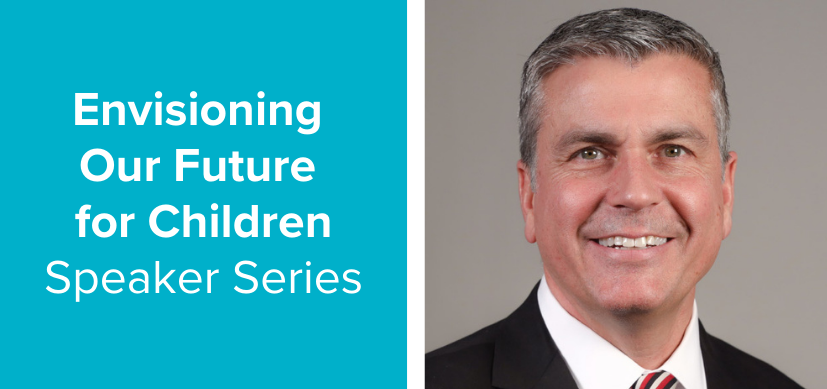Collaboration Leads to Airway Device
Post Date: December 2, 2019 | Publish Date:
BGN Technologies, the technology transfer company of Ben-Gurion University (BGU) of the Negev, Israel announced today that researchers at BGU, Cincinnati Children’s Hospital Medical Center (Cincinnati Children’s), University of Cincinnati (UC), and Soroka Medical Center, Beer Sheva, Israel have developed a novel technology for unblocking and removing secretions from airways for the treatment of patients suffering from diseases effecting the respiratory tract such as bronchiolitis, asthma, chronic obstructive pulmonary disease (COPD), and cystic fibrosis (CF).

The technology is being developed through a collaboration between Professor David Katoshevski, Unit of Environmental Engineering, BGU, and Dr. Yuval Cavari from Soroka Medical Center, within the Pediatric Intensive Care Unit, together with Professor Ephraim Gutmark, College of Engineering and Applied Sciences, and College of Medicine, UC and Dr. Iris Little, Assistant Professor in the Division of Endocrinology at Cincinnati Children’s, within the UC Department of Pediatrics. The technology introduces air pressure and acoustic pulses into the airway and lungs over a low-pressure airstream aimed to treat the core of obstructive airways pathophysiology diseases and buildup of mucus in the small airways. The idea is to simultaneously apply a combination of low frequency flow oscillations and high frequency acoustic waves to facilitate detachment of the mucus from the airway wall and removal of mucus by breaking down or agglomerating mucus chunks.
Per Dr. Little, “Finding treatments for small airways diseases is of special interest to us since children’s airways are more susceptible to airway obstruction due to secretion because of smaller airways cross sectional area. Cincinnati Children’s is a world leader in treating patients with CF and airway clearance is an integral part of their clinical care practice.”
“The combination of air pulsation and acoustic waves was shown to be effective in a series of lab test that simulated human airway and lungs. Our collaboration with Cincinnati Children’s and BGU laid the foundation for developing this novel technique. In light of these studies, we are now in the process of further developing a device based on a unique clinical protocol that will offer treatment superior to existing solutions,” said Prof. Ephraim Gutmark of UC.
“Even though airway secretions are a major component in the pathophysiology of numerous serious diseases affecting the respiratory tract, there is currently no effective therapeutic modality that directly or indirectly treats the small airways,” stated Prof. David Katoshevski, of BGU. “Our colleagues at Soroka and Cincinnati Children’s brought the medical knowledge and unmet need that was coupled with our technical and engineering capabilities, and together we developed this innovative solution in order to allow bronchiolitis, COPD and CF patients to breathe freely.”
In 2012, BGU and Cincinnati Children’s entered into a multi-year collaboration to address the lack of medical devices designed specifically for children. The goal of the collaboration is to improve health outcomes for children by ensuring device design that is customized to meet children’s unique physiology and medical needs. The collaboration pairs BGU’s technical and engineering capabilities with the medical expertise of Cincinnati Children’s physicians. To date, hundreds of projects have been reviewed under the collaboration, out of which selected ones have received the first round of funding, with all funding contingent upon achieving project-specific developmental milestones. The funds are contributed by both BGU and Cincinnati Children’s.
“This is another example of a potentially effective therapeutic device that emerged from our fruitful research collaboration with Cincinnati Children,” commented Netta Cohen, CEO of BGN Technologies. “We are advancing the development of this technology that is applicable for a wide range of indications, while seeking a strategic partner for further development and commercialization of this breakthrough invention.”







